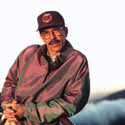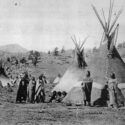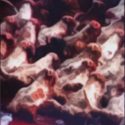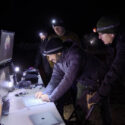UFODAP: The Future of Instrumented UFO Research Has Arrived! By Christopher O’Brien and Ronald Olch During these heady days of soft disclosure and a new openness regarding many aspects of the UFO subject (rebranded by the government UAP, Unidentified Aerial Phenomena) one topic of conversation receiving more and more well-deserved attention, is the subject… Continue Reading

David Perkins Heads To That Big Bull Ride In The Sky
I sadly note the untimely passing of David Perkins, (October 18, 1945 — August 20, 2023) known within a small circle of mutologists as “Izzy Zane.” Perkins was among our last mid-1970s-era cattle mutilation researchers and its most noteworthy. David, a superb analyst, is best known as the first theorist to notice the proximately correlation… Continue Reading
Utes Gain Their 1st Permanent Presence in the SLV

From: returntonow.com / by Sara Burrows Generous Colorado Landowner Returns Ancestral Land to Tribe A Colorado landowner was inspired to return his land to Native Americans three years after purchasing it and being “haunted” by the “spirits” of its “rightful owners”/guardians. When artist and plumber Rich Snyder purchased a few acres of land on Wild… Continue Reading
Is Mad Cow Disease Set to Strike Again?

Beth Hale for the Daily Mail.UK ARTICLE HERE: McVey doesn’t write Christmas cards. Since the death of her daughter Claire, aged just 15 almost two decades ago the festive season has served as a painful reminder of her loss. Instead, every year as it approaches, Annie sits at her computer and taps out letters. Occasionally… Continue Reading

